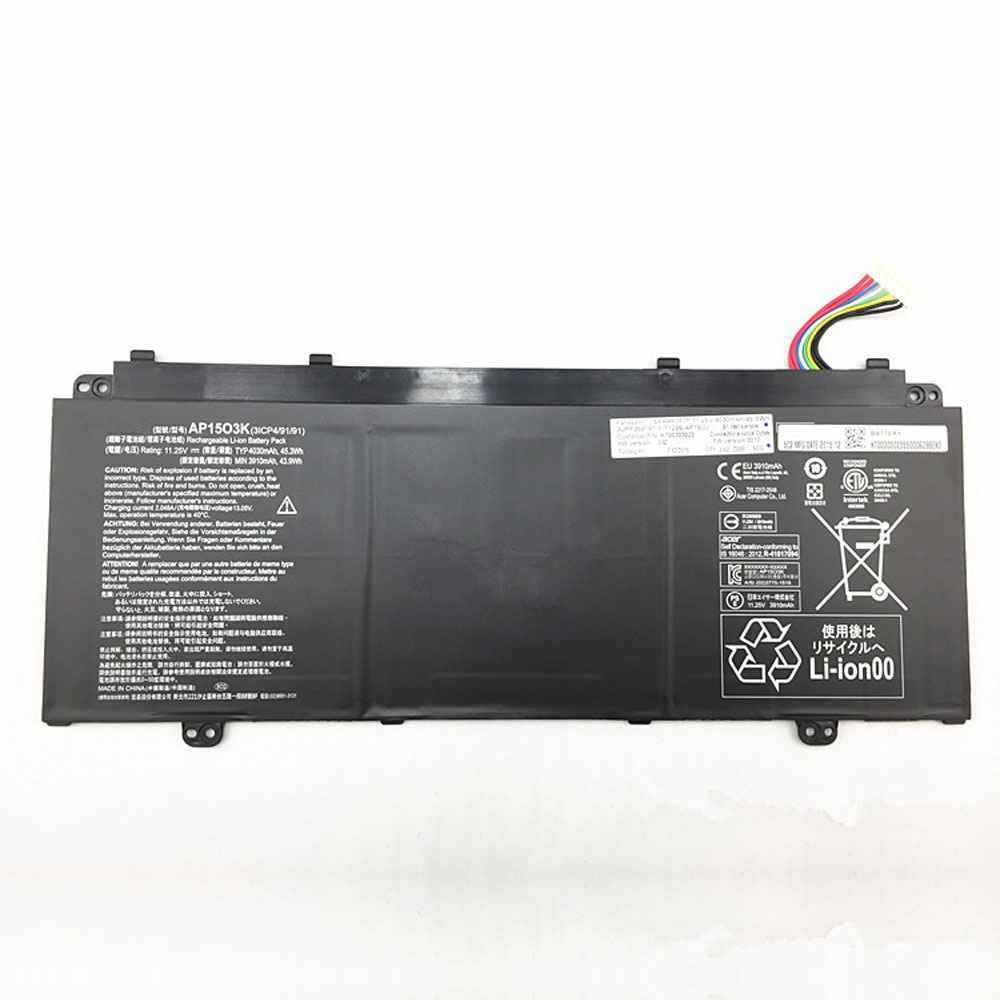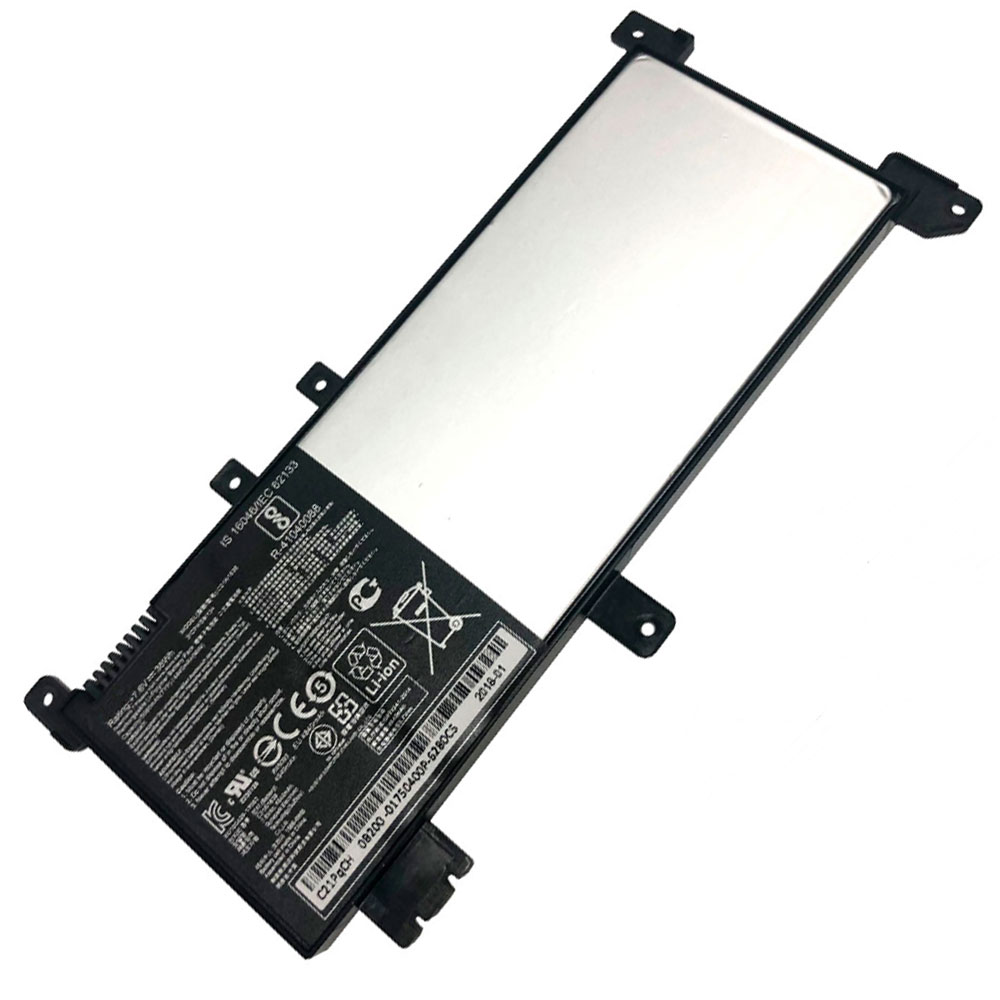It’s been just a few days since AMD’s groundbreaking Computex 2019 keynote where CEO Dr. Lisa Su unveiled the company’s next generation Ryzen 3000 series CPUs and Radeon Navi RX 5700 GPUs. Despite the event ending several days ago, we’re still getting a steady trickle of exciting details pertaining to the company’s next generation products.
AMD Navi RX 5700 Series Bring RTX 2070 Performance to The Midrange With Half the GPU Die Size
Earlier today we’ve managed to confirm that the company’s upcoming Navi GPU, which was unveiled for the first time earlier this week and is set to power the company’s upcoming RX 5700 series graphics cards, is in fact only mid-range Navi with a die area of roughly 255mm².
That is comparable to AMD’s previous mid-range offerings from Polaris 10 (RX 480/580 232 mm²), Pitcairn before it (HD 7870/R9 270X 212mm²) and going back all the way to the extremely popular RV770 (HD 4870 256 mm²).
In comparison to NVIDIA, the RTX 2070 is powered by the TU-106-400 GPU which is 445mm² large. In fact the Navi RX 5700 series GPU is even smaller than the 284mm² TU116, which powers the NVIDIA GTX 1660 series graphics cards.
This massive disparity in chip size is due to the fact that AMD’s Navi graphics architecture is built on TSMC’s cutting-edge 7nm FinFET process technology, nearly a full node ahead of the 12nm technology that NVIDIA’s Turing chips are built on.
Thanks to this notable process advantage, mid-range Navi RX 5700 series graphics cards are expected to compete with the much larger TU106 powered RTX 2070 and RTX 2060 graphics cards from NVIDIA.
In fact, AMD demoed an early Navi sample outperforming the RTX 2070 by roughly 10% at its Computex 2019 keynote, although admittedly it was in a title that favors Radeon, Strange Brigade. Which means that we’re likely looking at RX 5700 Navi trading blows with the RTX 2070 rather than outright beating it.
AMD Navi RX 5700 – High-End Performance, Mid-Range Chip
Now, what’s very interesting about all of this is that AMD is publicly touting Radeon RX 5700 as a high-end gaming product and if the pricing rumors are in fact true, Navi RX 5700 cards will also be priced as high-end products. Based on the community reaction we’ve seen, this does not bode very well for AMD, as RTX 2070 performance at RTX 2070 pricing is simply not good enough, especially now that Turing has been in the market for a year.
The only way Navi is going to have a truly meaningful impact on the market is if this mid-range GPU is priced like a mid-range GPU. Imagine being able to get RTX 2070 performance at RTX 2060 prices, now that would be something to get excited about. Not this price-matching after nearly a year nonsense that the rumors allege.
Hopefully AMD has a trick up its sleeve, and we’ll know soon enough at E3. Meanwhile stay tuned for all the latest on Navi, we’re bound to hear a LOT more before AMD’s Next Horizon event.
AMD Navi RX 5700 Series Bring RTX 2070 Performance to The Midrange With Half the GPU Die Size
Earlier today we’ve managed to confirm that the company’s upcoming Navi GPU, which was unveiled for the first time earlier this week and is set to power the company’s upcoming RX 5700 series graphics cards, is in fact only mid-range Navi with a die area of roughly 255mm².
That is comparable to AMD’s previous mid-range offerings from Polaris 10 (RX 480/580 232 mm²), Pitcairn before it (HD 7870/R9 270X 212mm²) and going back all the way to the extremely popular RV770 (HD 4870 256 mm²).
In comparison to NVIDIA, the RTX 2070 is powered by the TU-106-400 GPU which is 445mm² large. In fact the Navi RX 5700 series GPU is even smaller than the 284mm² TU116, which powers the NVIDIA GTX 1660 series graphics cards.
This massive disparity in chip size is due to the fact that AMD’s Navi graphics architecture is built on TSMC’s cutting-edge 7nm FinFET process technology, nearly a full node ahead of the 12nm technology that NVIDIA’s Turing chips are built on.
Thanks to this notable process advantage, mid-range Navi RX 5700 series graphics cards are expected to compete with the much larger TU106 powered RTX 2070 and RTX 2060 graphics cards from NVIDIA.
In fact, AMD demoed an early Navi sample outperforming the RTX 2070 by roughly 10% at its Computex 2019 keynote, although admittedly it was in a title that favors Radeon, Strange Brigade. Which means that we’re likely looking at RX 5700 Navi trading blows with the RTX 2070 rather than outright beating it.
AMD Navi RX 5700 – High-End Performance, Mid-Range Chip
Now, what’s very interesting about all of this is that AMD is publicly touting Radeon RX 5700 as a high-end gaming product and if the pricing rumors are in fact true, Navi RX 5700 cards will also be priced as high-end products. Based on the community reaction we’ve seen, this does not bode very well for AMD, as RTX 2070 performance at RTX 2070 pricing is simply not good enough, especially now that Turing has been in the market for a year.
The only way Navi is going to have a truly meaningful impact on the market is if this mid-range GPU is priced like a mid-range GPU. Imagine being able to get RTX 2070 performance at RTX 2060 prices, now that would be something to get excited about. Not this price-matching after nearly a year nonsense that the rumors allege.
Hopefully AMD has a trick up its sleeve, and we’ll know soon enough at E3. Meanwhile stay tuned for all the latest on Navi, we’re bound to hear a LOT more before AMD’s Next Horizon event.

